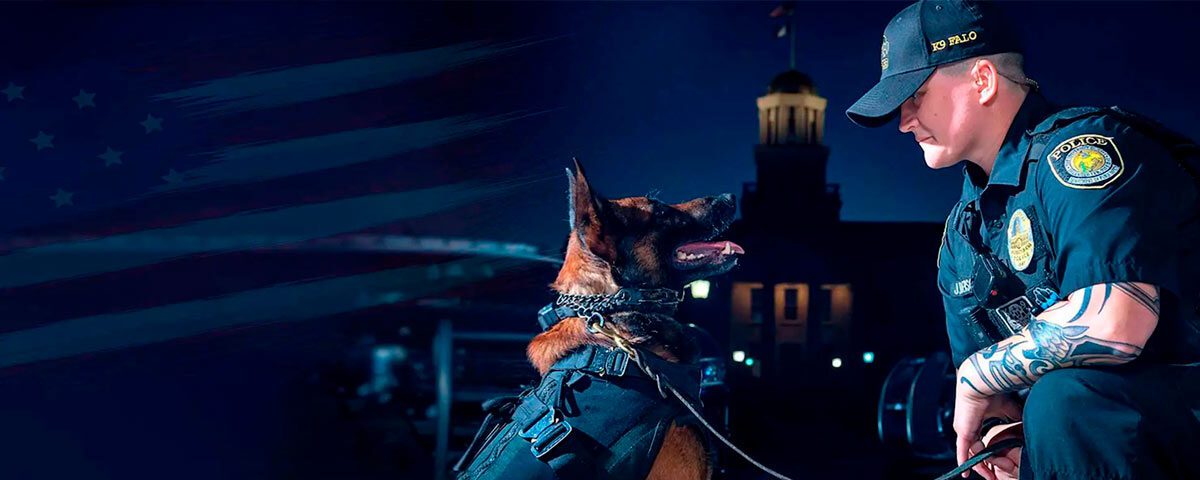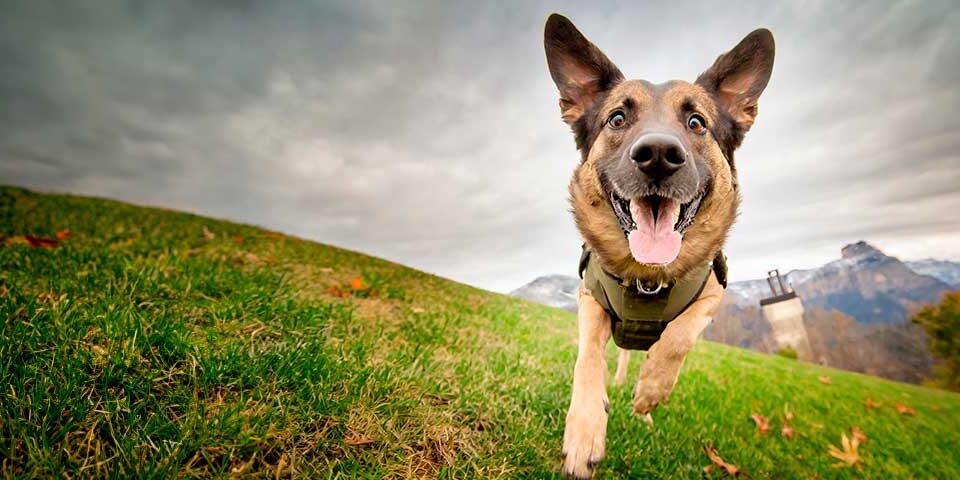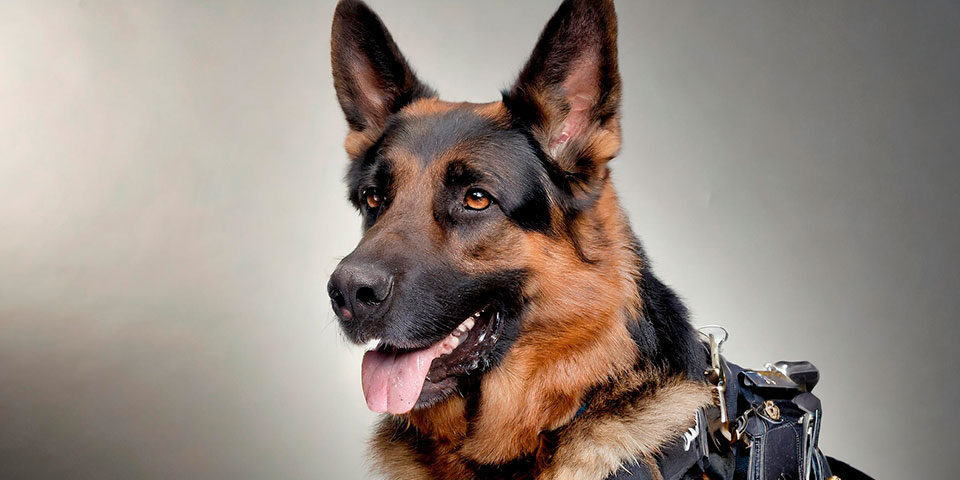
Five Reasons to Donate to Charities and Non-Profits
February 6, 2023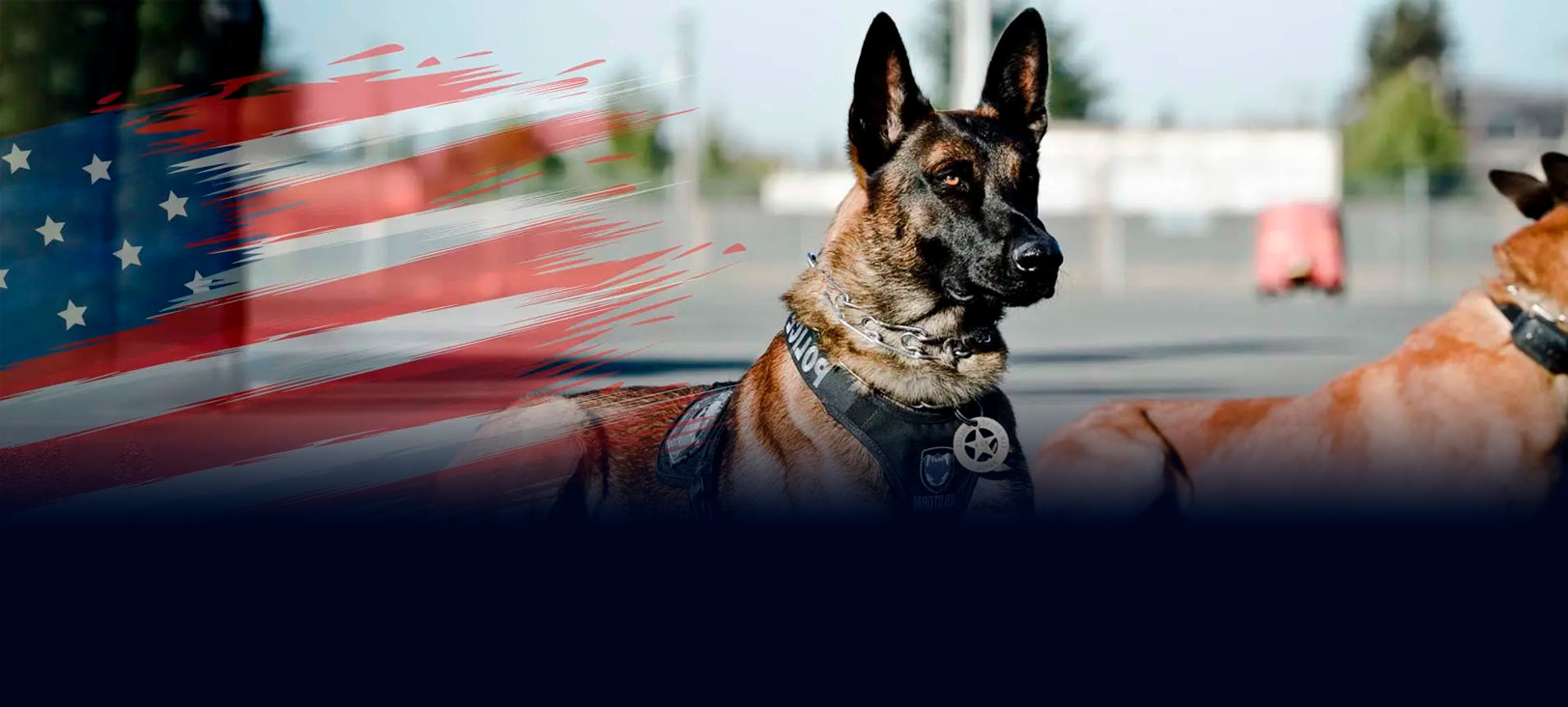
PPA-K9 and you
March 29, 2023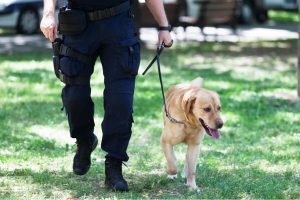
As an integral part of the police force, dogs have been saving human lives for centuries. With their unique sense of smell and intuition, dogs have been trained to help enhance the police force all around the world. From apprehension to search and rescue, K-9s are known to produce results when humans or even technology might fail.
It’s no secret that dogs have an amazing sense of smell. But did you know that dogs have 225 million scent receptors in their noses compared to a human’s 5 million? When it comes to criminal activity, according to the American Kennel Club, dogs are often taught to detect various drugs, explosives, accelerants when investigating arson, and other crime scene evidence. From airports to border control, dogs are trained to sniff out explosives and illegal drugs, and in some cases, police trained dogs can detect land mines in war-stricken zones that might be too dangerous for humans, saving thousands of lives every year.
These impressive animals come from generations of dogs specifically bred to perform the complicated tasks that police dogs are required to perform. Police dogs are a special breed of heroes and are usually selected from a handful of dog breeds.
Belgian Malinois, smart, confident, and versatile, the Belgian Malinois is a world-class worker who forges an unbreakable bond with his human partner. Belgian Malinois are squarely built, proud, and alert herders standing 22 to 26 inches. Strong and well-muscled, but more elegant than bulky, there’s an honest, no-frills look about them, as befit dogs built to work hard for their feed. The Belgian Malinois is exceptionally smart. According to research, they are the 26th smartest dog breed when it comes to “obedience and working intelligence.” However, it’s their adaptive intelligence that makes them highly intelligent. The Malinois’ ability to read and adapt to volatile situations is why they’re smart enough to be the gold standard for the police K-9 world. However, there’s more to the Belgian Malinois’ intelligence than just learning commands and tricks. Police units all around the world trust these dogs for their abilities and deposition.
German Shepherds: Generally considered dogkind’s finest all-purpose worker, the German Shepherd is a large, agile, muscular dog of noble character and high intelligence. Known to be loyal, confident, courageous, and steady, the German Shepherd is truly a dog lover’s delight. German Shepherds can stand as high as 26 inches at the shoulder and, when viewed in outline, presents a picture of smooth, graceful curves rather than angles. The natural gait is a free-and-easy trot, but when needed they can outrun any human with their great speeds. There are many reasons why German Shepherds stand in the front rank of canine royalty according to experts. Their defining attribute of loyalty, courage, confidence, and the ability to learn commands for many tasks is a testimony to their willingness to put their life on the line in defense of loved ones.
Bloodhounds- The world-famous ‘Sleuth Hound’ does one thing better than any creature on earth according to the American Kennel Club: finding people who are lost, buried under rubble or hidden. An off-duty Bloodhound is among the canine kingdom’s most docile citizens, but with its relentless and stubborn scent, these K-9s can detect and follow a scent for miles. Standing 23 to 27 inches at the shoulder and weighing up to 110 pounds, their most famous features are a long, wrinkled face with loose skin, along with huge, drooping ears, and warm, deep-set eyes that complete an expression of solemn dignity. Though a drooler, Bloodhounds enjoy company, including other dogs and kids and are the forefront of any search and rescue mission.
Dutch Shepherds- The Dutch Shepherd is a lively, athletic, alert, and intelligent breed, that has retained its herding instinct for which it was originally bred, according to the American Kennel Club. Having an independent nature, these workaholics are slightly obstinate and have a mind of their own. Originally bred to keep sheep in a particular location, these dogs can run all day, which is reflected in its physique and structure. Dutch Shepherds have many of the characteristics of its wild forebearers. Although it is not a widely known breed, the Dutch Shepherd is a loyal companion and competent working dog used for obedience, dog sports, herding, tracking, search and rescue, and is a gallant member of any police force.
Labrador Retrievers are often described as the sweet-faced, lovable humans’ best friend; the Labrador Retriever is America’s most popular dog breed. Labs are friendly, outgoing, and high-spirited companions. Sturdy and well-balanced, the Labrador Retriever can, depending on the sex, stand from 21.5 to 24.5 inches at the shoulder and weigh between 55 to 80 pounds. The Lab is an enthusiastic athlete that requires lots of exercise, like swimming and marathon games of fetch to keep physically and mentally fit, which makes them the perfect breed to be a member of any police force.
Police dogs are trained to bite dangerous suspects and hold them hostage. In many situations, they are the first ones to put their lives on the line and go in against an armed suspect to protect their human partners. Most apprehension dogs are herding breeds, such as the Belgian Malinois, German Shepherds, and Dutch Shepherds. A large part of police work is searching for lost victims, whether it’s someone who has been kidnapped, missing, or buried under rubble like that of an earthquake. In the case of search and rescue, dogs can be trained to find living victims and the remains of deceased humans. They can search through rubble after a devastating explosion, earthquake, or other disaster. They have the ability to cover miles and miles of forest looking for a lost hiker or someone buried after an avalanche and can even locate the bodies of drowned victims underwater in oceans and lakes. The ability of dogs to cover large areas in a relatively short period of time provides a great resource when looking for victims, according to the American Kennel Club. Supporting these K-9s and the work they do should be everyone’s goal since we never know when we might need these four-legged heroes to be on our side.

